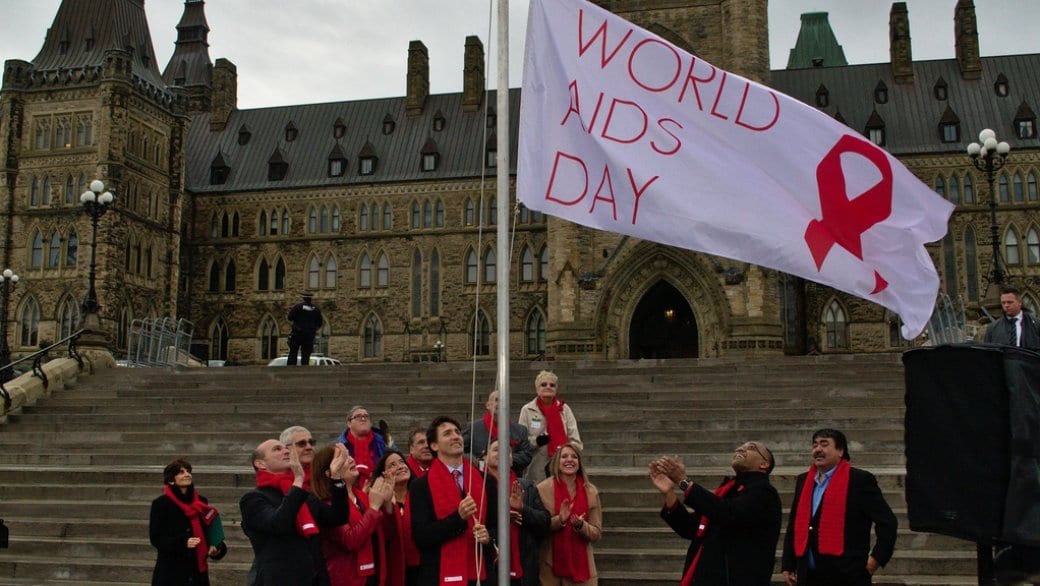2016 began well for people who wished the government would take the HIV epidemic more seriously.
In November 2016, a month before World AIDS Day, Minister of Health Jane Philpott announced that the federal government would adopt the United Nations’ 90-90-90 targets. That meant ensuring that by 2020, 90 percent of HIV-positive Canadians would know their status, 90 percent of those would be on antiretroviral treatment and 90 percent of that final group would have suppressed the virus.
It’s an ambitious goal that requires serious efforts to be put in place. So a year later, how has the government fared?
According to the latest available data, there is still much work to be done. At the end of 2014, around 80 percent of the estimated 65,000 Canadians living with HIV know their status. Only 76 percent of those people are being treated, but 89 percent of people who are have suppressed viral loads.
In other words, a little over half of Canadians living with HIV are undetectable and can’t transmit the virus.
But if the government is looking to make a dent in those numbers, the progress will almost certainly have to be made by HIV/AIDS service organizations, who have been at the forefront of fighting the epidemic from the beginning.
And on that front, the news is less than rosy. After years of atrophying operational funding from the Harper government, the Public Health Agency of Canada followed through with a shift in funding that has thrown many HIV/AIDS service organizations into disarray.
Though the government has promised to provide continuing funding to many of these organizations — some of which were at risk shutting down — it’s unclear what will happen in 2018 when the money dries up.
Despite the struggles of HIV/AIDS service organizations, there have been a number of positive developments over the past year as well.
On Dec 1, 2016 — World AIDS Day — the federal government announced it will examine the laws around HIV criminalization, a major contributor to HIV stigma. The Canadian Positive People Network (CPPN), launched last year and is the first organization of its kind in Canada run by people living with HIV/AIDS.
And Truvada has been approved for use as PrEP by Health Canada, providing people with a powerful new tool to prevent transmission, and giving more agency to HIV-negative people. PrEP still has not been added to the provincial formularies, however, meaning that it’s still unaffordable for many people who would be able to benefit from it.
The question of PrEP is sure to gain greater salience in upcoming years. Getting it to be covered by private and provincial health insurance plans outside of Quebec is not going to be an easy process. And there’s a danger that PrEP could become politicized, as has happened in the United Kingdom.
Philpott, who was known for her work on the HIV epidemic in an international context before politics, should be applauded for the increased emphasis HIV/AIDS is getting under the Liberals. But if she expects Canada to hit those 90-90-90 targets by 2020, the government must be willing to use its money and political capital to provide a broad-based, aggressive approach that puts science and HIV-positive people at the centre.
This story is part of Xtra’s A Year in Review news picks for 2016.

 Why you can trust Xtra
Why you can trust Xtra


